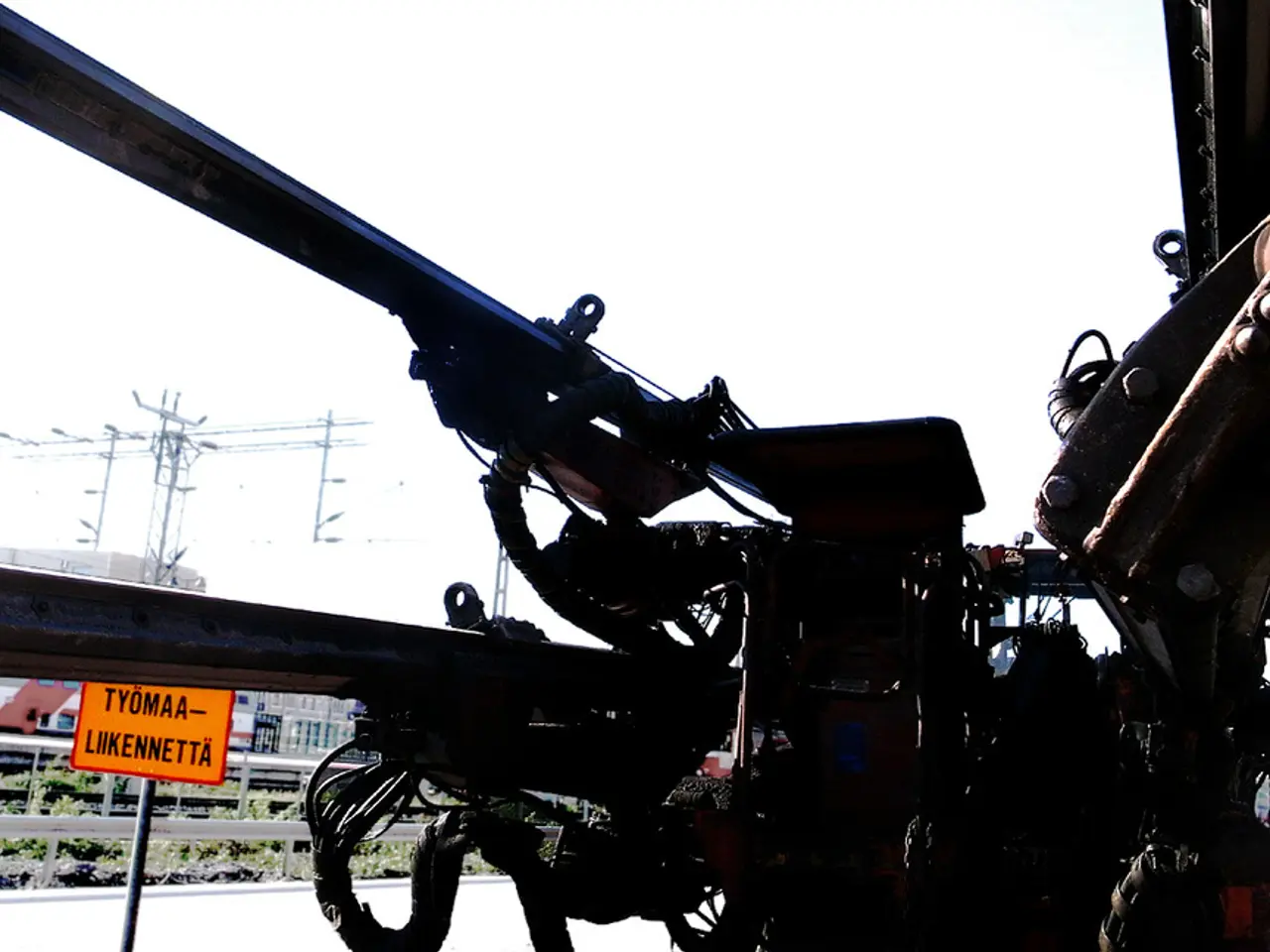Uncovering Schneider Electric's Criteria for a Plant's Successful Digital Transformation
At Schneider Electric's Lexington plant, a pioneer in smart manufacturing, a 'smart factory champion' has been instrumental in guiding the transition to IoT-based monitoring systems. This individual is not only responsible for overseeing the plant's digitization but also for coaching other manufacturing engineers on smart technologies.
Schneider Electric appointed this champion as part of a strategy to follow a digitization roadmap for the facility, having previously embraced digitization on a plant-by-plant, piecemeal basis. The Lexington plant, a 4th Industrial Revolution Advanced Lighthouse and Sustainability Lighthouse by the World Economic Forum, has achieved significant successes with the new digital tools, including a 20% decrease in mean repair time, 26% energy reduction savings, 30% net CO2 reduction, and 30% water use reduction.
However, Casares, Schneider Electric's smart factory improvement manager, warns against overwhelming the smart factory champion with too many new tools that they may not understand. Instead, the strategy for achieving results like those at the Lexington plant is to establish the basics first, then take steps into more complicated systems.
When a manufacturer plans to embrace IoT-based monitoring systems, they must consider factors across three key dimensions: process, people, and technology.
Process considerations include defining clear goals for data collection to ensure high-quality, relevant data, not just large volumes, to add real value to operations. Identifying where data processing should occur—locally (edge computing) for real-time reactions or centrally (cloud) for broader analytics—balances latency, privacy, bandwidth, and energy efficiency. Designing and automating operational workflows leveraging IoT data enables predictive maintenance, reduces downtime by dynamically adjusting workloads, and enforces safety protocols through sensor-triggered alarms or machine shutdowns. Integrating IoT with AI and machine learning facilitates continuous improvement and adaptive decision-making in manufacturing processes. Planning for cybersecurity addresses risks like data breaches and ransomware, and ensures regulatory compliance to protect sensitive IoT-connected systems.
People considerations involve communicating transparently about IoT’s role to reduce workforce concerns, emphasizing augmentation of human expertise rather than replacement. Investing in comprehensive training programs builds employee skills in AI literacy, data interpretation, and decision-making based on IoT insights without requiring deep technical expertise. Forming cross-functional teams ensures IoT implementation aligns with operational needs and business value.
Technology considerations include choosing or designing IoT devices focusing on low energy consumption, small computational footprints, and robustness through iterative testing phases. Deploying smart sensors capable of real-time monitoring improves operational efficiency, product quality, and workplace safety. Ensuring the IoT platform is scalable and flexible supports integration with AI, robotics, and automation systems characteristic of Industry 4.0 and emerging Industry 5.0 models. Implementing mechanisms for collecting feedback loops maintains system performance over time.
In summary, successful IoT adoption in manufacturing requires systematically aligning process optimization, workforce engagement and capabilities, and robust, scalable technologies while proactively managing security and compliance risks.
Plants with no digital infrastructure can take two to three years to get up to speed, but installing simple tools for OLE and OEE measurement can be done quickly after basic infrastructure installation. Schneider Electric's Lexington plant, which manufactures load centers and safety switches, was a successful candidate for plant digitization due to its established Lean program, manual performance tracking, and high degree of automation.
- In the manufacturing industry, a shift towards smart factories, like the one at Schneider Electric's Lexington plant, is guided by IoT-based monitoring systems.
- As Schneider Electric implements a digitization roadmap for their facilities, they strategically appoint individuals as smart factory champions to oversee plant digitization and coach other engineers on smart technologies.
- Home-and-garden and lifestyle improvements can benefit from technology advancements, such as those in the IoT field, which offer data processing solutions for energy and water reduction.
- Data-and-cloud-computing and technology developments are crucial in enabling efficient manufacturing processes, predictive maintenance, and sustainable living, by integrating IoT, AI, and machine learning.





